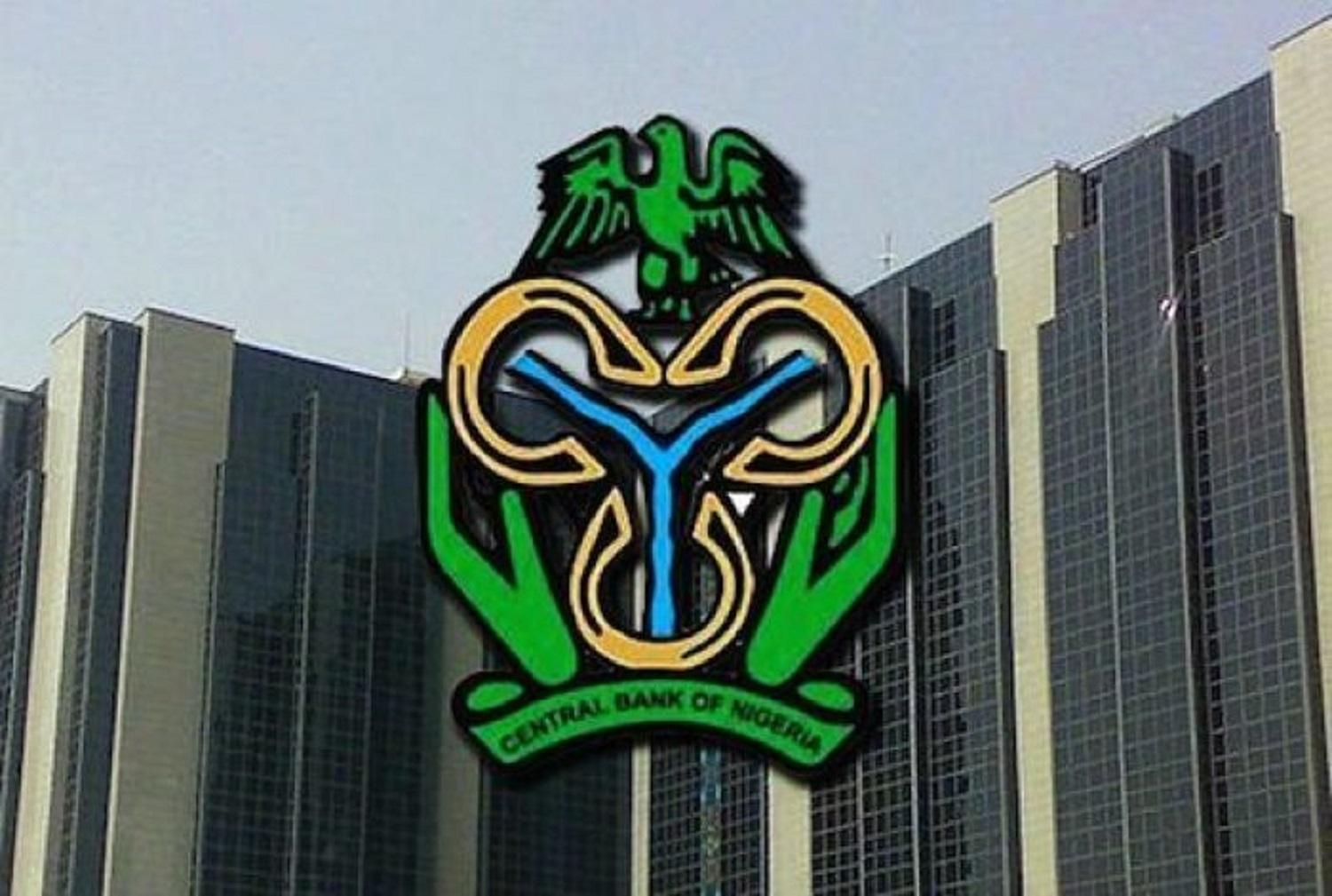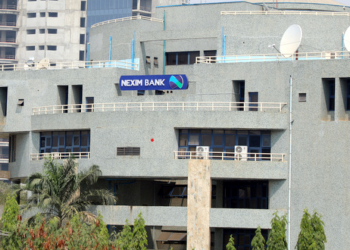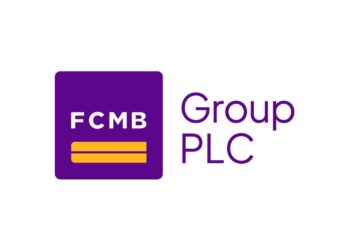The Central Bank of Nigeria has stated that Other Financial Institutions (OFIs) must meet certain requirements set by the apex bank to be enrolled in the Credit Risk Management System (CRMS).
This was disclosed by Mr Chibuzo Efobi, Director, Financial Policy and Regulation Department in a circular posted on the CBN’s website on Tuesday titled: “Re: Enrolment of Other Financial Institutions (OFIs) on the Credit Risk Management System (CRMS).”
All OFIs were reminded by the apex bank to ensure that their customers’ accounts followed the 10-digit Nigeria Uniform Bank Account Number (NUBAN) format.
What the CBN is saying
CBN said, “All OFls are hereby informed that; the provisions of the Regulatory Guidelines for the Redesigned Credit Risk Management System for Commercial, Merchant, and Non-Interest Banks in Nigeria issued on February 27, 2017 (Ref No. FPR/DIR/GEN/CRM/06/012).And the Additional Regulatory Guidelines for the operation of the Redesigned CRMS issued on September 10, 2018 (Ref No. FPR/DIR/GEN/CIR/07/007) have become applicable to all OFls.”
The CBN also that “enforcement of Section 3.1(a) of the extant guidelines on CRMS that captures the ‘submit before disbursement’ requirement shall commence on August 1, 2022.”
The apex bank further advised them to tag their customers’ accounts with a Bank Verification Number (BVN) or a Taxpayer Identification Number (TIN) for individual and non-individual accounts, respectively.
The account holder must be profiled on the NIBSS Industry Customer Accounts Database (1CAD) by June 20th, according to the apex bank.
What you should know
- On Tuesday 24th May 2022, Nigeria’s Central Bank suddenly hiked its benchmark interest rate for the first time in nearly six years to 13% from 11.5% (a 150bps hike).
- The Central Bank of Nigeria agreed to leave interest rates for its development finance actives or intervention funds at 5% per annum until March 2023.
- The 5% annual interest rate paid by the loan recipients is equivalent to a subsidy, as the loans initially had a 9% annual interest rate. Even at 9%, the rate is still a bargain when compared to commercial bank rates of up to 20% a year.
- The supreme bank’s decision to keep intervention fund interest rates at 5% reflects its goal to continue to encourage economic growth in key sectors that it funds while allowing rate increases in other areas.























